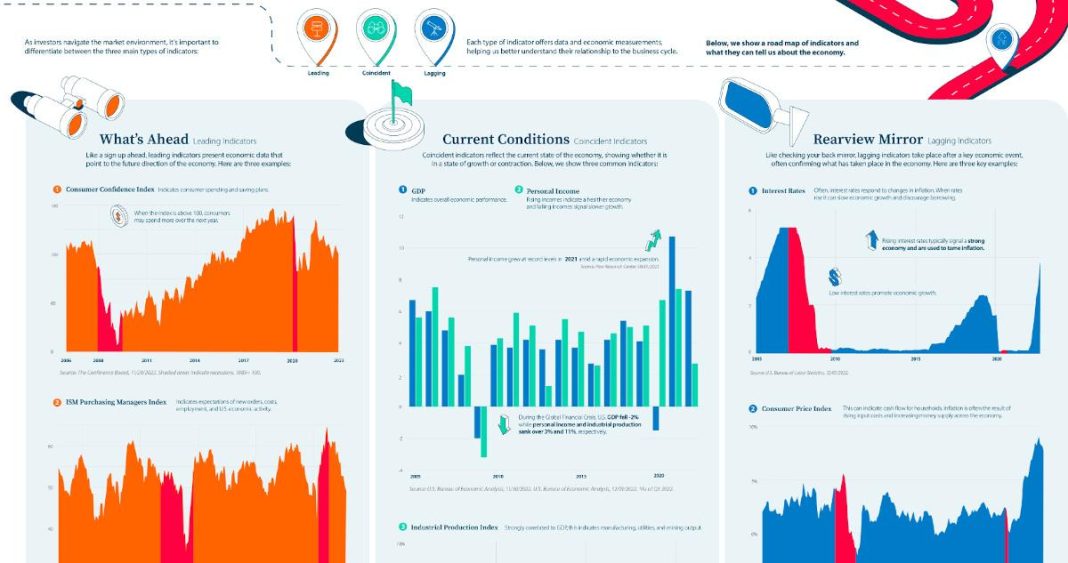In the digital age, where the boundaries of commerce and communication stretch across a global landscape, businesses find themselves navigating an intricate web of opportunities and challenges. Amidst this dynamic evolution, a shadowy adversary lurks, poised to exploit the very technologies that propel our enterprises forward. Cyber fraud, an insidious and ever-evolving threat, has emerged as the preeminent peril to modern businesses, regardless of size or industry. As cybercriminals become increasingly sophisticated, employing tactics that are as innovative as they are malicious, the stakes have never been higher. This article delves into the heart of the digital battlefield, unraveling the complexities of cyber fraud and illuminating why it stands as the most formidable threat to your business today. Prepare to arm yourself with knowledge and strategies to safeguard your enterprise against this relentless digital menace.
Understanding the Evolving Tactics of Cyber Criminals
In the dynamic landscape of cybercrime, understanding the shifting tactics of cyber criminals is crucial for safeguarding your business. These digital adversaries are no longer just the stereotypical lone hackers; they are part of sophisticated networks that operate with precision and adaptability. Their methods evolve rapidly, exploiting new technologies and vulnerabilities faster than many businesses can respond. To stay ahead, it’s vital to recognize the patterns and innovations in their strategies.
- Phishing Attacks: No longer just poorly crafted emails, these attacks now use AI to create highly personalized and convincing messages.
- Ransomware: Cyber criminals are now targeting supply chains and critical infrastructure, demanding higher ransoms with the threat of significant operational disruption.
- Social Engineering: Beyond simple deception, these tactics involve elaborate schemes to manipulate employees into divulging sensitive information.
- Zero-Day Exploits: The use of previously unknown vulnerabilities is increasing, leaving businesses with little time to patch and protect their systems.
By staying informed about these evolving threats, businesses can implement more robust security measures, ensuring that they are not just reactive, but proactive in their defense strategies.

The Financial and Reputational Impact of Cyber Fraud
In today’s digital landscape, the ramifications of cyber fraud extend far beyond the immediate financial losses. Businesses face significant financial setbacks as they scramble to recover stolen funds, pay regulatory fines, and invest in enhanced security measures. However, the damage doesn’t stop there. The reputational impact can be even more devastating, eroding customer trust and loyalty. In an era where consumers are increasingly concerned about data privacy, a single breach can lead to a mass exodus of clients and tarnish a brand’s image for years to come.
- Financial Costs: Direct theft, regulatory fines, and increased insurance premiums.
- Reputational Damage: Loss of customer trust, negative media coverage, and long-term brand degradation.
- Operational Disruption: Downtime during investigations and recovery, diverting resources from core business activities.
By understanding these dual threats, businesses can better appreciate the importance of robust cybersecurity measures. It’s not just about protecting assets; it’s about safeguarding the very essence of the brand and its future viability.

Proactive Measures to Safeguard Your Business
In today’s digital landscape, the key to maintaining the integrity of your business lies in adopting proactive strategies that anticipate and mitigate cyber threats before they strike. Start by implementing a robust cybersecurity framework that includes:
- Regular Security Audits: Conduct frequent assessments to identify vulnerabilities and ensure compliance with the latest security standards.
- Employee Training Programs: Educate your workforce on recognizing phishing attempts and other common cyber fraud tactics.
- Advanced Encryption Techniques: Protect sensitive data with state-of-the-art encryption methods to prevent unauthorized access.
- Multi-Factor Authentication (MFA): Add an extra layer of security to your systems by requiring multiple forms of verification.
- Incident Response Plan: Develop a comprehensive plan to swiftly address any security breaches, minimizing potential damage.
By prioritizing these measures, you not only fortify your defenses but also build a resilient business environment capable of withstanding the ever-evolving cyber threats.
Building a Cyber-Resilient Organization for the Future
In today’s digital landscape, cyber fraud stands as a formidable adversary, challenging organizations to fortify their defenses with unparalleled urgency. As cybercriminals evolve, so too must our strategies to combat them. A cyber-resilient organization is not just reactive but proactive, anticipating threats before they materialize. This involves a holistic approach that integrates technology, processes, and people. Organizations must invest in cutting-edge security technologies, but equally important is cultivating a culture of awareness and vigilance among employees.
- Implement robust cybersecurity frameworks: Adopting frameworks like NIST or ISO 27001 can provide a structured approach to managing and mitigating risks.
- Conduct regular security training: Empower your workforce with the knowledge to recognize and respond to potential threats.
- Foster a culture of transparency: Encourage open communication about security incidents to learn and adapt swiftly.
By weaving these elements into the fabric of your organization, you create a dynamic defense mechanism that not only shields against current threats but also adapts to future challenges, ensuring long-term security and trust.





